Dr. Andreas Tzakis on the patient’s condition, the surgery and the road ahead
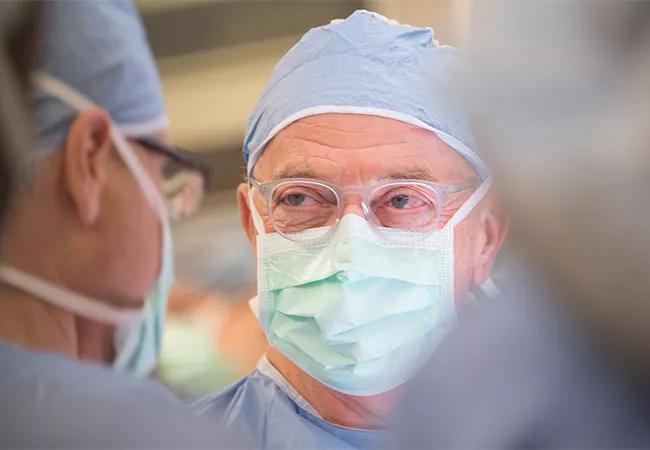

Late last month Cleveland Clinic surgeons performed the first uterine transplant in the United States. The procedure, performed in a 26-year-old woman, was the first in a Cleveland Clinic trial of uterine transplantation for uterine factor infertility. The trial’s design and rationale are detailed in this recent post.
Cleveland Clinic is a non-profit academic medical center. Advertising on our site helps support our mission. We do not endorse non-Cleveland Clinic products or services. Policy
In the Q&A below, lead transplant surgeon Andreas Tzakis, MD, PhD (pictured here), shares his early perspectives on this historic case — and uterine transplant in general — in the context of a career in which he’s performed more than 4,000 transplants of kidneys, livers and other abdominal organs.
Over the past decade, Dr. Tzakis has expanded that expertise through research on uterine transplantation in the lab. He has collaborated with colleagues at the University of Gothenburg, Sweden, on research and also in their clinical trial of uterine transplantation. The Swedish team has performed the world’s first successful uterine transplants, which have resulted in five live births to date.
Q: How is Cleveland Clinic’s uterine transplant patient faring one week postoperatively?
She’s doing well. She’s moving around and has started eating on her own. She is gradually feeling better, and we’re pleased with her progress.
Q: What lies ahead in the near term?
Because this is our first uterine transplant, we will keep her in the hospital longer than is typical following other abdominal transplants. Our multidisciplinary team follows her progress very diligently. She will remain under very close surveillance for at least the first three months as we monitor for signs of rejection. The immunosuppression regimen is similar to what we use after other solid organ transplants.
Q: Can you describe the transplant procedure?
This was a deceased-donor transplant. Several other organs — lifesaving organs — were recovered from the donor at the same time, and we took great care not to disturb their potential recovery. The donor was a healthy woman of reproductive age who had given birth previously to healthy children.
We brought the uterus to Cleveland Clinic with the recipient already on the operating table and prepped for implantation. The procedure involves suturing the uterine vessels — a pair on each side of the organ — to the recipient’s vessels, after which the vaginal tissues are connected to the recipient’s gynecological anatomy. The transplant surgeons are responsible for all the vascular hookups, while the gynecological surgeons — Tommaso Falcone, MD, and Rebecca Flyckt, MD — are responsible for the gynecological connections and for ensuring that the graft is securely sewn into the pelvis to stabilize the uterus for future pregnancies.
Q: What was most challenging?
The procedure involves an area deep in the pelvis, dissection near vital structures and suturing of small vessels. So while it’s not a massive operation, it is quite tedious and demands a great deal of attention.
Q: The Swedish uterine transplants, which you have observed, involved living donors. Why is your team using deceased-donor uteri?
Each approach has pros and cons. The live-donor approach gives you control over the timing of the transplant and allows a far more thorough assessment of the donor’s medical profile and suitability. But it also puts a healthy individual at risk, particularly since pelvic surgeries are performed near so many vital organs. That’s why we ultimately decided to proceed with deceased donors for all 10 of the planned transplants in our clinical trial.
Of course, the deceased-donor approach dramatically reduces the pool of available organs, but it also offers technical advantages because we are able to recover the uterus with larger vessels and some technical ease.
We hope to add living-donor transplants to our repertoire later and are working in the lab to simplify the procedure.
Q: What are the next steps for this first patient?
The international experience suggests that patients begin menstruating once the uterus starts functioning. Then we wait at least a year before attempting to implant the frozen embryos that were obtained from the patient and her partner via in vitro fertilization before transplant. At that point we hope for a pregnancy and delivery, which will be managed by my colleagues in Cleveland Clinic’s Ob/Gyn & Women’s Health Institute, whose programs for infertility treatment and high-risk obstetrics are among the best in the world.
While we view this first U.S. uterine transplant as a significant step forward, we won’t be celebrating until a transplant results in the birth of a healthy baby to a healthy mother.
Women in the trial who achieve a successful delivery can keep the uterus to try to have one more baby — we’re limiting births to two, for safety reasons — or have it surgically removed a couple months after delivery to avoid continued immunosuppression. We can also offer to simply stop immunosuppression and let the immune system reject the uterus, which in many cases is absorbed by the body without need for intervention.
Q: How do you evaluate candidates for a procedure like this?
Our protocol is long and elaborate because we need to ensure the patient is appropriate for the procedure, understands exactly what’s involved and is fully convinced it’s right for her. The process takes many months and includes one or more social visits where the patient and her family meet with the entire team — gynecologists, transplant surgeons, psychiatrists, psychologists, anesthesiologists, social workers, patient advocates and others — to get to know one another outside the discussion of medical matters. I’m amazed at how much these meetings have brought to the surface for each patient in our trial — things we wouldn’t normally pick up just from a traditional evaluation.
Q: How do you respond to skeptics of transplantation of a non-vital organ like the uterus?
I understand the hesitation about the procedure, especially since adoption and surrogacy are options that have worked out wonderfully for countless women with uterine factor infertility. But these options are not acceptable to everyone — for personal, cultural, religious or other reasons — and I’ve been motivated by a desire to offer couples another option.
Two distinct memories have shaped my thinking about this. One was the birth of my daughter, which was the happiest moment of my life, by far. The second was personally witnessing the birth of one of the babies from the uterine transplant study in Sweden, which was probably the second happiest moment of my life. So I can understand couples’ motivation to have a baby of their own, which can be a very deep need.
This may not be a lifesaving operation, but it is an unbelievable event. And that’s reflected by the overwhelming response to our trial so far, with more patients asking to be evaluated than we have possibly been able to see.
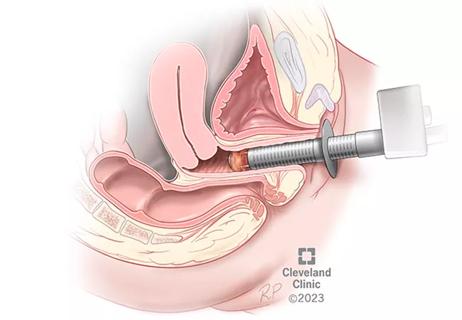
Treatment being offered in cases where medical and hormonal management was not successful
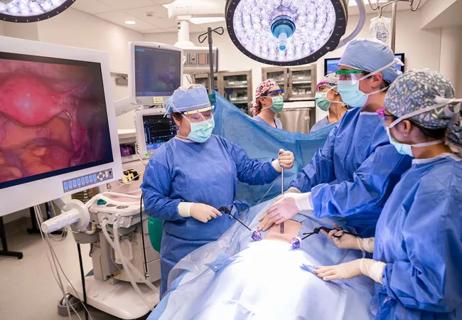
Standardizing obstetrics and gynecology education while promoting patient safety
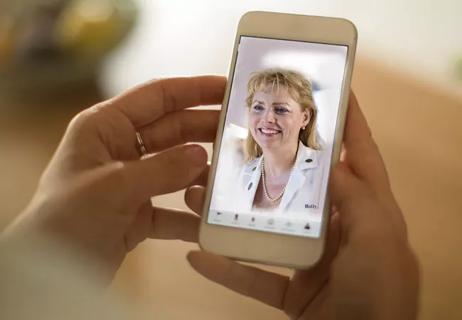
High physician/patient convenience and satisfaction cited
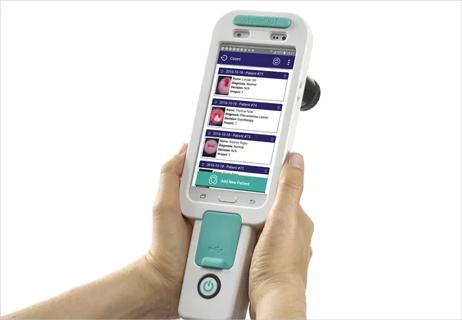
Automated visual evaluation of the cervix
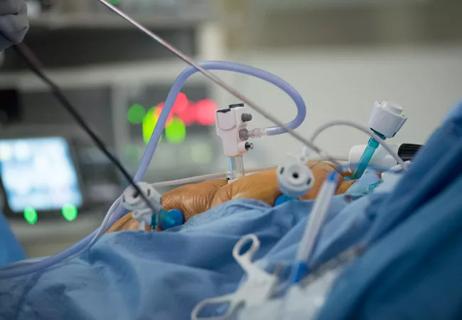
Don’t miss this educational opportunity
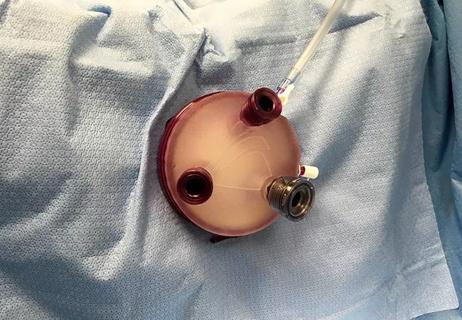
The next evolution in MIS is coming sooner than you think
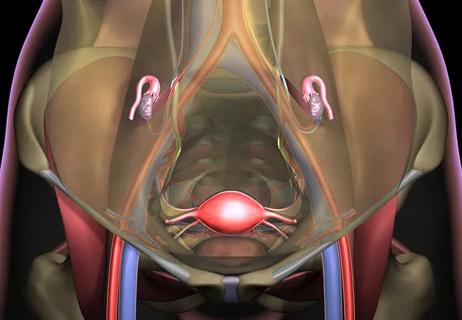
Limit radiation damage to ovaries without removing them
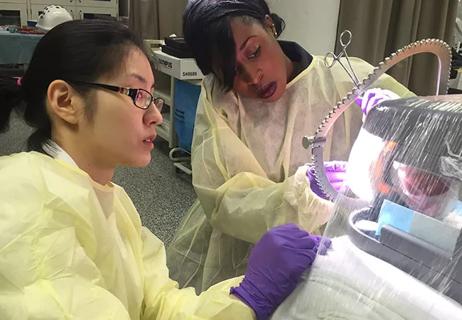
Trainees no longer need to “practice” on patients